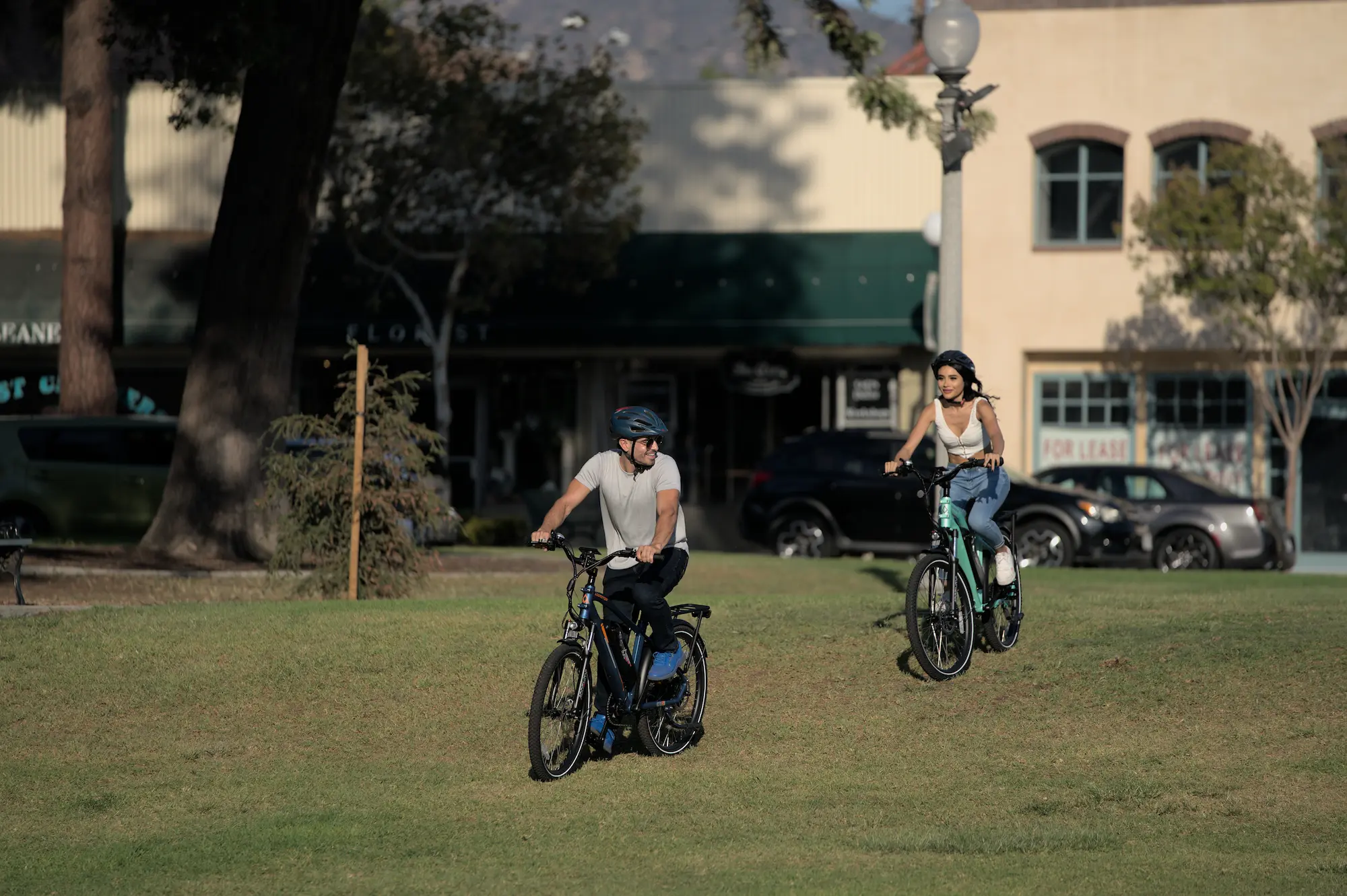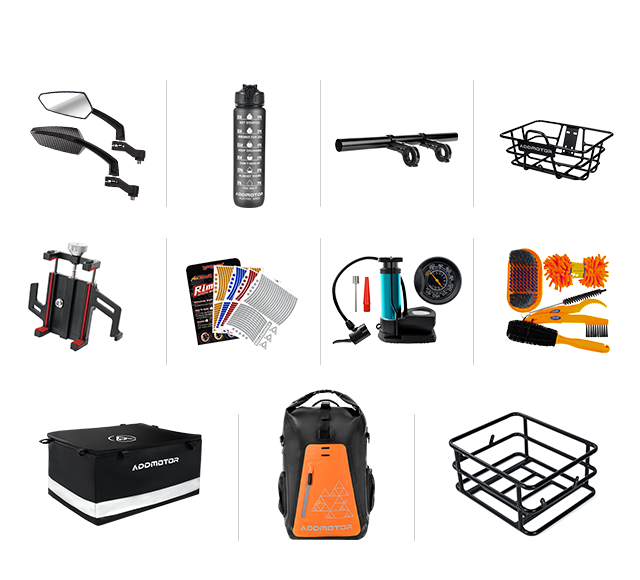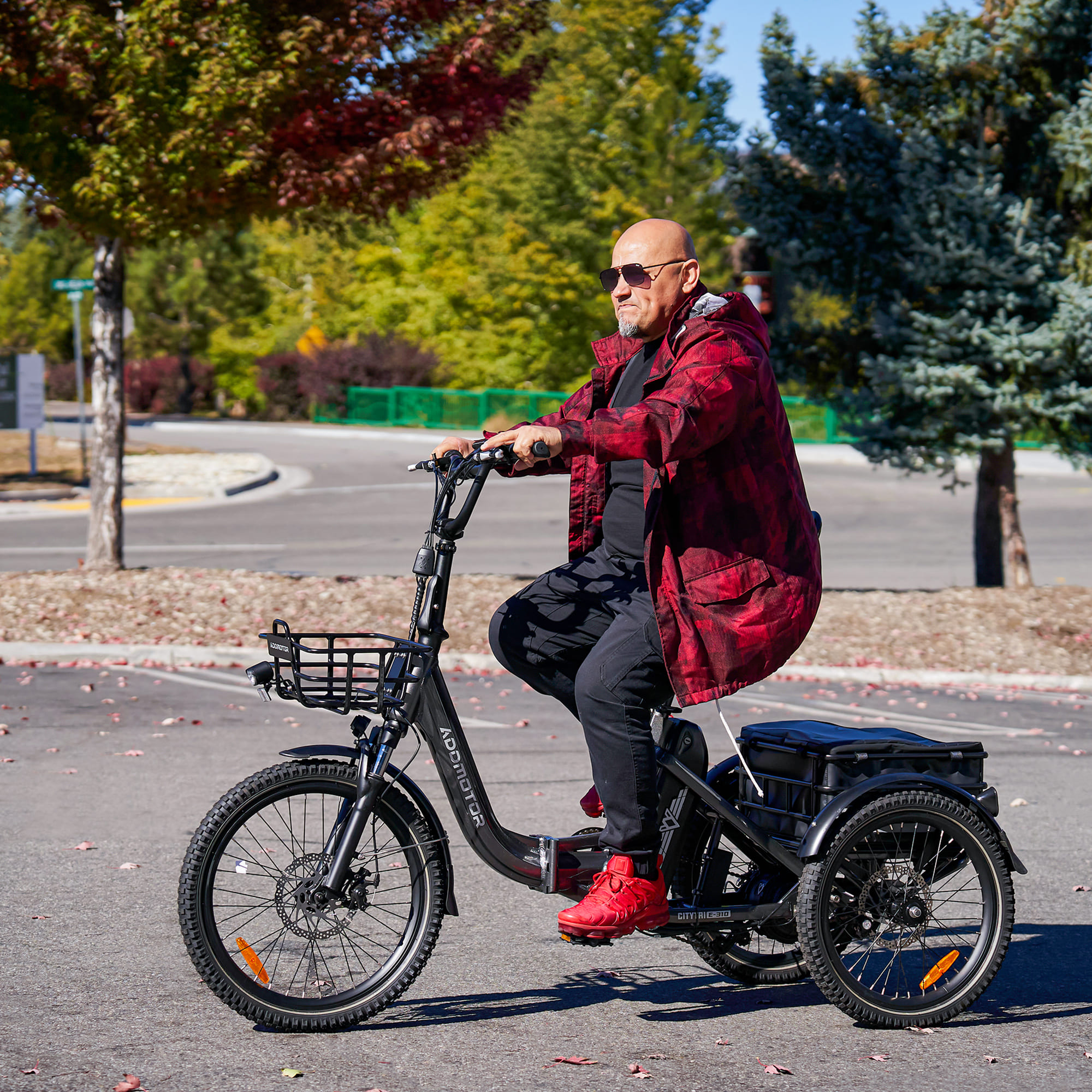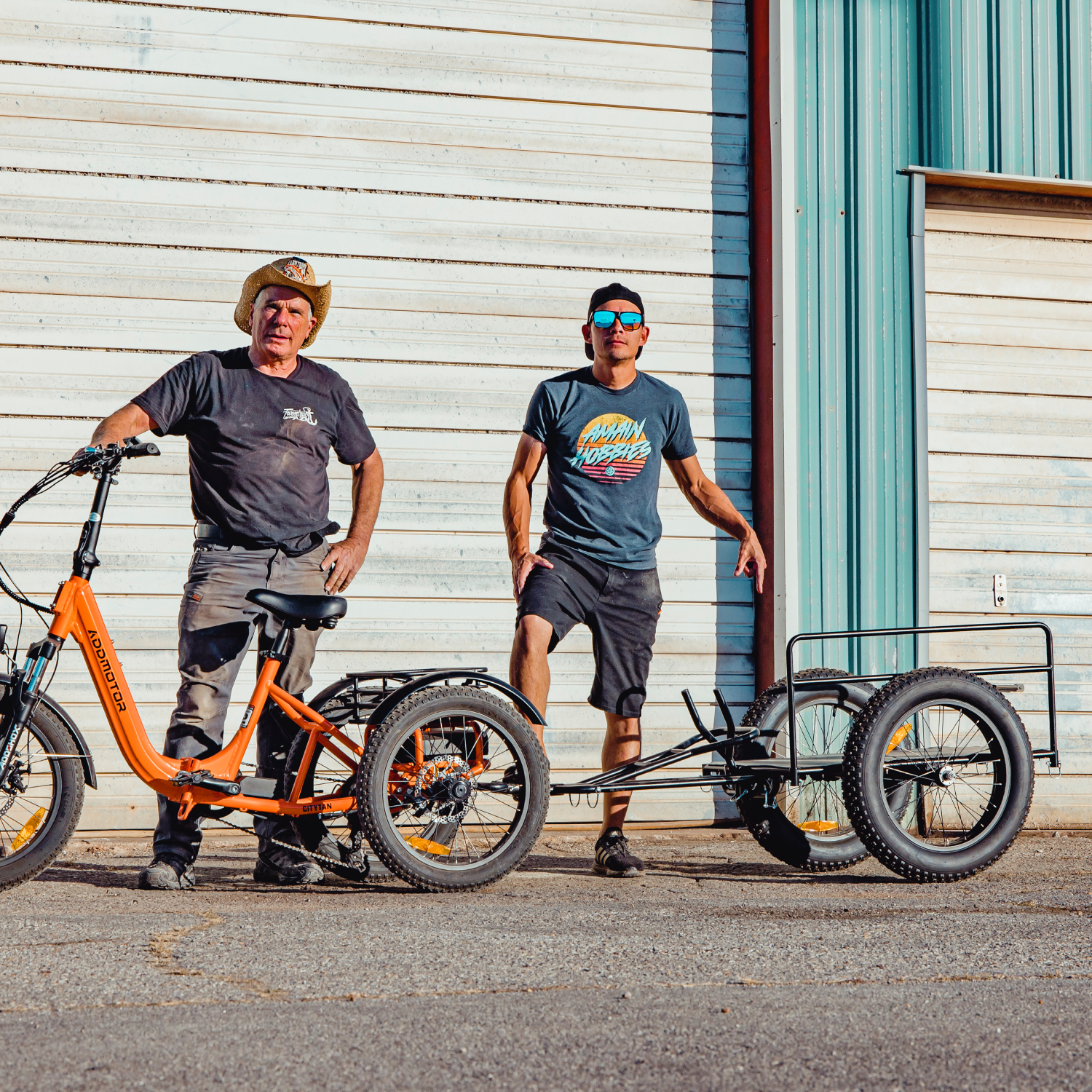Electric Bike Regulations by States in The USA
By Jamie | 26 October 2022 | 0 Comments
E-bike legislation and regulations are changing in response to the increasing demand for electric bicycles. There are different road rules for e-bikes on public roads in each state, so riders should follow their local traffic laws. Several states have clarified their laws regarding e-bikes, but there are still some regions in the US that have not yet clarified them.
_1666754644.webp)
If you're new to e-Biking or a seasoned rider, you'll want to be knowledgeable of what regulations might apply to you before you purchase an e-Bike. By doing this, you can avoid getting into legal trouble.
Among outdoor enthusiasts, e-bikes have grown in popularity as a fun and eco-friendly alternative to driving. The recreational and fitness benefits of electric bikes make them popular for commuting. You can ride electric bikes anywhere with high-performance models like those from Addmotor.
Interestingly, federal law only specifies the maximum speed an e-bike can travel when powered only by motors. When e-bikes are driven by a combination of human and motor power, which is how e-bikes are primarily ridden, this law does not specify a maximum speed. So, according to this law ebike urban commuter can travel at 20mph or less under motor power alone.
While e-bikes are regulated by the federal government during their manufacture and first sale, they are controlled by states for use on streets and bikeways. While some states have strict laws regarding electric bikes, others don't classify them as vehicles, making regulation of them unclear.
State legislation usually focuses on whether e-Bikes classify as traditional bikes, mopeds, or scooters, but definitions still vary across other states. Unlike Addmotor, where E-bikes and tricycles have been classified, the classification is more complex here. As of now, 26 states define e-Bikes into three classes: Class 1, Class 2, and Class 3. In 18 states, e-bikes are categorized using unique definitions. There are still 11 states and territories without defined e-bikes, so there are no regulations governing them.
The twenty-six states that adopt the three-level classification, divide the e-bikes into 3 classes. There are plenty of e-bikes with various features and advantages. The tiered system utilizes this wide gap to classify them so there can be different regulations depending on the class.
E-bikes, primarily class 1 and 2, are mainly used for recreation such as hunting, mountain biking, or exploring areas. An all-terrain 750W fat tire ebike like the M-560 P7 is perfect for all of these purposes. However, urban commuter e-bikes are classified as Class 3 e-Bikes.

Pedal-assist e-bikes are classified as Class 1 when they have a top speed of fewer than 20 miles per hour and a motor that only assists.
Class 2:
E-bikes that fall within class 2 have motors that won't require you to pedal. When the bike reaches 20 mph, the motor must not assist.
Class 3:
Bicycles with motors that provide assistance only when pedaled are classified as Class 3 e-bikes. Once the motor reaches 28 mph, it should stop working. Those riding a Class 3 cycle are subjected to more safety restrictions than riders in other categories.
It is legal to ride an e-bike under motor power alone at a speed of no more than 20 miles per hour under the federal speed limit. In many states, this speed limit is also specified by the tiered classification system. In this classification, bikes in Classes 1 & 2 are limited to 20 miles per hour. The speed limit for Class 3 bikes is 28 mph.
_1666754644.webp)
If you're new to e-Biking or a seasoned rider, you'll want to be knowledgeable of what regulations might apply to you before you purchase an e-Bike. By doing this, you can avoid getting into legal trouble.
Among outdoor enthusiasts, e-bikes have grown in popularity as a fun and eco-friendly alternative to driving. The recreational and fitness benefits of electric bikes make them popular for commuting. You can ride electric bikes anywhere with high-performance models like those from Addmotor.
Federal Law for E-bikes
The Consumer Product Safety Act amended its definition of e-bikes in 2002 through HB 727, a law enacted by Congress. CPSA defines low-speed electric bicycles as two or three-wheeled vehicles with fully operable pedals, top speeds under 20 mph (32 km/h), and electric motors that produce less than 750 watts. According to federal law, e-bikes may operate on either motor power alone, such as throttle-assist e-bikes, or on motor power and human power, such as pedal-assist e-bikes.Interestingly, federal law only specifies the maximum speed an e-bike can travel when powered only by motors. When e-bikes are driven by a combination of human and motor power, which is how e-bikes are primarily ridden, this law does not specify a maximum speed. So, according to this law ebike urban commuter can travel at 20mph or less under motor power alone.
While e-bikes are regulated by the federal government during their manufacture and first sale, they are controlled by states for use on streets and bikeways. While some states have strict laws regarding electric bikes, others don't classify them as vehicles, making regulation of them unclear.
Definition of E-bikes in different states
There is no comparison between an electric bike and a car. Nevertheless, it is imperative to identify how these types of transportation are classified. There are plans to implement e-Bike categories and regulations in several states as they adapt to the rapid growth and popularity.State legislation usually focuses on whether e-Bikes classify as traditional bikes, mopeds, or scooters, but definitions still vary across other states. Unlike Addmotor, where E-bikes and tricycles have been classified, the classification is more complex here. As of now, 26 states define e-Bikes into three classes: Class 1, Class 2, and Class 3. In 18 states, e-bikes are categorized using unique definitions. There are still 11 states and territories without defined e-bikes, so there are no regulations governing them.
Regulation and States
E-bike legislation at the state level generally focuses on how they are classified. Depending on the state, an e-bike might be classified as an electric scooter and must pay licensing, registration, and other fees. Nonetheless, some states, like Alaska, do not define electric bicycles.The twenty-six states that adopt the three-level classification, divide the e-bikes into 3 classes. There are plenty of e-bikes with various features and advantages. The tiered system utilizes this wide gap to classify them so there can be different regulations depending on the class.
E-bikes, primarily class 1 and 2, are mainly used for recreation such as hunting, mountain biking, or exploring areas. An all-terrain 750W fat tire ebike like the M-560 P7 is perfect for all of these purposes. However, urban commuter e-bikes are classified as Class 3 e-Bikes.

Classification in three tiers
Class 1:Pedal-assist e-bikes are classified as Class 1 when they have a top speed of fewer than 20 miles per hour and a motor that only assists.
Class 2:
E-bikes that fall within class 2 have motors that won't require you to pedal. When the bike reaches 20 mph, the motor must not assist.
Class 3:
Bicycles with motors that provide assistance only when pedaled are classified as Class 3 e-bikes. Once the motor reaches 28 mph, it should stop working. Those riding a Class 3 cycle are subjected to more safety restrictions than riders in other categories.
Helmet and speed regulations
It is a requirement in 25 states and Washington, D.C. to wear a helmet when riding an e-bike. Riders and passengers are required to wear helmets in most states based on their age and whether they are riders or passengers.It is legal to ride an e-bike under motor power alone at a speed of no more than 20 miles per hour under the federal speed limit. In many states, this speed limit is also specified by the tiered classification system. In this classification, bikes in Classes 1 & 2 are limited to 20 miles per hour. The speed limit for Class 3 bikes is 28 mph.
Conclusion:
The regulations surrounding e-bikes are complex, but once you do your research, you'll be confident you're in compliance. With Addmotor, you can choose from a wide selection of class 1 to class 3 electric bikes and a suitable model in the shape of the 48v 500w electric bike; E-53 CityPro, which will offer riders more freedom from regulations.Leave a Reply
Your email address will not be published.Required fields are marked. *
Latest Stories




